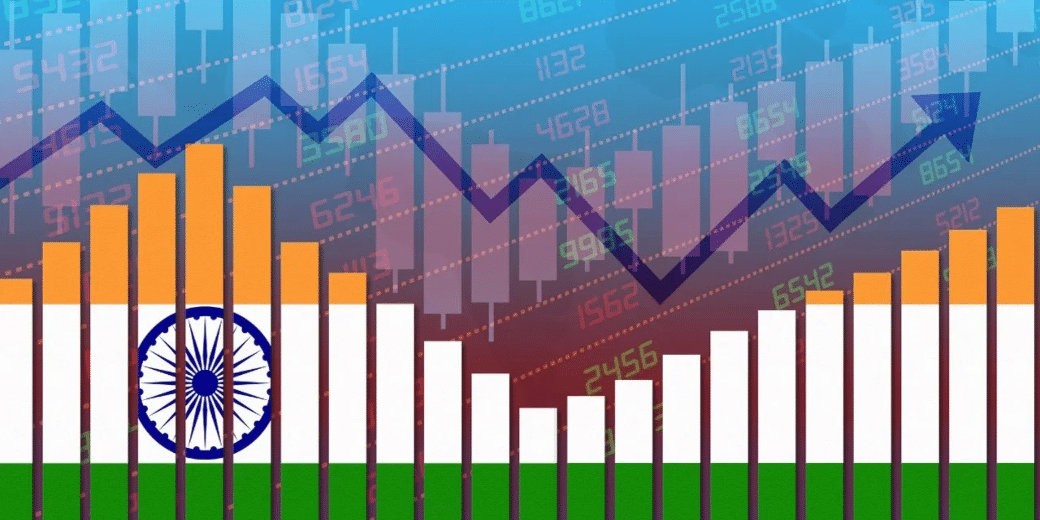India's economic outlooks remains bright, says FinMin
During the current fiscal, the economy is estimated to grow at a rate of 7.3%, making it a consecutive third time the country has recorded GDP growth greater than 7%.

India’s GDP is poised to grow at a rate of 7% over the next fiscal, as per a report by the finance ministry. Calling the overall economic outlook for the country “bright”, the report nevertheless cautioned against global geopolitical tensions, which might also impact Indian financial markets. This alludes to a general demand slowdown for the country’s merchandise export amidst India’s major trading partners. Additionally, there has been a steep fall in the overall value of imports due to a fall in international commodity prices.
However, the report highlighted that improvement in the outlook for global trade and rising integration in the global supply chain will support net external demand. Notably, India’s merchandise trade deficit contracted in the first 10 months of FY24. This, along with a robust receipt from services sector, is set to bolster India’s current account deficit.
During the current fiscal, the economy is estimated to grow at a rate of 7.3%, making it a consecutive third time the country has recorded GDP growth greater than 7%. Thanks to sustained manufacturing profitability and positive economic activity, many global agencies have also hitched India’s growth projections.
As per the Monthly Economic Review by the finance ministry, prospects of healthy Rabi harvesting and underlying service resilience are some of the reason the economic momentum is set to continue well into FY25.
According to the review, India’s household consumption, foreign portfolio inflows (FPIs) and business sentiments are expected to improve, while prospects of fixed investment remain solid, owing to an upturn in the private capex cycle, and the government’s continued emphasis on capex. Inflationary pressures are also moderating, with a dip noticed in both food and retail inflation. The government is also actively working to further reduce inflation.
This easing is complemented well by the decline in urban unemployment rate in Q3 of FY24, which decreased to 6.5 per cent, the lowest since the start of the Periodic Labour Force Survey (PLFS).
Even formal sector employment also showed robust growth, indicated by a steep rise in the subscription base of the Employees Provident Fund Organisation (EPFO).